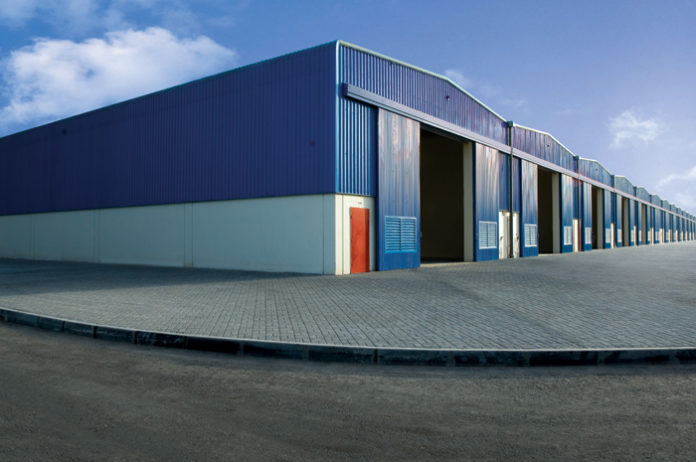Having a functional and organized warehouse is essential for efficient supply chain management. Keeping your products in an orderly manner not only improves the speed of movement but also saves time, space, and money for your company. Here are some tips and tricks for designing a functional warehouse for efficient supply chain management.
Planning and Design
Planning and designing a warehouse is the first step in achieving a functional warehouse. You should begin by analyzing data on your company’s current inventory, sales, and shipping volume. This analysis will give you the basis for determining the best layout for your warehouse. Here are some other things to do before anything else:
Identify the Number of Storage of Areas
You should identify the number of storage areas, receiving and shipping docks, and the volume of products that need to be stored in the warehouse. Using this information, you will be able to divide the warehouse space into the appropriate zone layout.
Define the Storage Zones
Dividing your warehouse into zones can help you better organize products and move goods quickly. Each zone should be designed based on the products it holds. Zones should be assigned by product category or by shipping frequency for each product.
Plan The Placement of Products
Products that are shipped daily should be placed near the shipping area, while products that are shipped less frequently can be stored in a more isolated location. When you determine the storage zones, it’s important to incorporate flexible storage solutions, such as storage racks that can be adjusted to different sizes of products.
Optimize Layout and Space
When designing the warehouse, consider how the layout and space can be optimized for maximum efficiency. An efficient flow of products helps to save time and reduce mistakes. The location of loading and unloading areas and the positioning of storage, machinery, and workers will all truly contribute to productivity. Ensuring that the warehouse has enough space for your product, employees, machinery, and pallet racking is crucial. Here are some other ways to optimize your warehouse’s space:
Sliding Gates
Sliding gates are a great way to maximize space and minimize congestion. The gates can be opened manually or remotely, so you have complete control over access to different areas of your warehouse. It’s not enough to build high-quality gates; make sure to invest in a durable sliding gate roller wheel to ensure smooth operation and eliminate the risk of jams.
Mezzanine Floors
Mezzanine floors offer a valuable solution for maximizing storage capacity in your warehouse. By utilizing the often overlooked overhead space, these additional levels provide an excellent opportunity to optimize your storage capabilities. Not only does this contribute to reducing clutter and improving organization, but it also allows you to make more efficient use of the limited floor space available.
Lighting and Security
Lighting is critical to ensure a safe and efficient working environment. An adequately lit warehouse reduces the risk of accidents and product damage. Security measures such as CCTV cameras, securing entrances, and alarm systems, in addition to an efficient layout, all contribute to smooth operations within the warehouse and create a safe environment.
Container Labelling
The warehouse is a place where products will be stored for an extended period of time. Labeling containers will help identify product locations and ensure that you can quickly find the data you need.
Creating coding systems for warehouse shelf locations, pallets, and product containers will help employees find the products they need quickly. Creating a systematic label for every container will make it easier for your employees to locate and identify the items stored in them.
If possible, use a labeling system that is compatible with barcode scanning systems to ensure faster data retrieval. This ensures accuracy in product picking and reduces the risk of errors.
A well-designed and organized warehouse plays a critical role in maintaining the accuracy and control of your inventory. It not only ensures efficient operations but also contributes to a safe work environment, reducing the risk of accidents and injuries. Additionally, a carefully planned warehouse layout helps optimize space utilization, minimizing the need for excess storage and ultimately saving costs for your company. By incorporating the insightful tips provided in this comprehensive blog post, you can create an efficient and streamlined warehouse that will greatly enhance your supply chain management capabilities.








